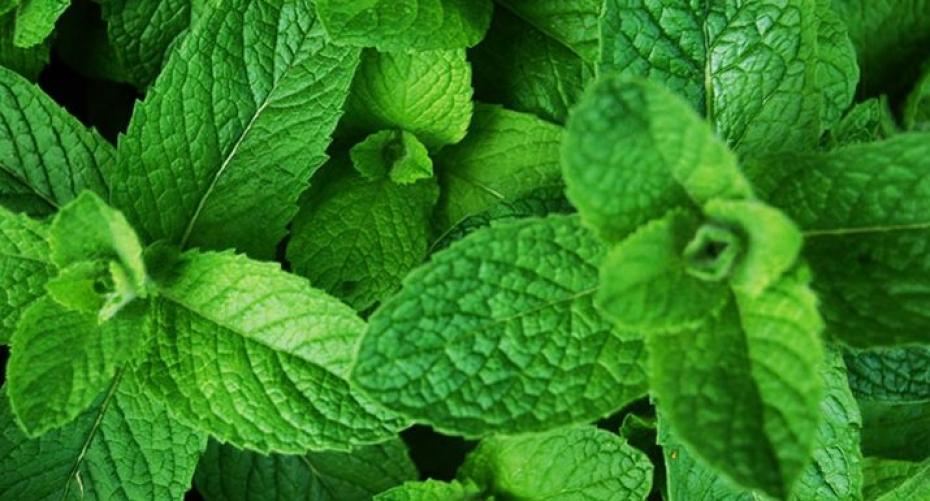Mint is the herb essential for mint julep, iced tea, new potatoes and lamb.
Mint is the quintessential herb associated with summer; think about lamb, new potatoes, mojitos, iced tea and mint julep. One of the easiest, least demanding herbs to grow, preferably in a container as it is a bit of a thug. It is an aromatic perennial, widespread throughout Europe, Africa, Asia, Australia, and North America. They naturally grow near water in deep, damp soil in semi-shade out of the midday sun.
How to grow
Buy plants from a reputable supplier, as seeds are not reliable as they are often sterile and do not come true to type. If you have a neighbour with a plant cuttings are easy to take. Just cut off a sprig, take off the bottom leaves leaving a pair at the top, place in a glass of water for about two weeks when roots should have developed. Plant in a pot 30 – 40cm (12 – 16”) wide. Use a good quality peat free compost with added water retention crystals to keep the compost moist.
Plant or place the pot in a cool spot out of the midday sun. If planting in a vegetable patch or border plant into a bottomless pot sunk into the ground, as they are very invasive and will soon strangle any nearby plants.
Water frequently as they do not like to dry out. Pinch out the tips to encourage more side shoots which results in more leaves. Take off any flower buds as this will prolong the production of leaves; unless you are growing the plant for the benefit of the insects, as the flowers are a rich source of nectar and pollen. It is a good companion plant as it attracts beneficial insects and repels the pests. It is also the food plant for the Buff Ermine (Spilosoma luteum) moth.

You will have to split the plant every 3 - 4 years as the centre becomes bald and the plant loses its vigour, which results in a reduced yield. Keep good air circulation around the plant to reduce the chances of any fungal diseases. They can be susceptible to white fly and aphids so at the first sign if infestation spray with an insecticide which is safe for food crops.
The foliage will die off every winter and re-grow each spring. Mulch the roots to protect them over winter if planted in a border or move the pot to a sheltered position.
Recommended varieties
All these are widely available in garden centres. Water mint; Asian mint; orange mint; bergamot mint; peppermint; black peppermint; Corsican mint; garden mint; spearmint; apple mint; pineapple mint.
Harvesting and storing
Harvest as and when necessary, never taking off more than a third of the leaves.
Dry the leaves spread out on a tray or hung up in bunches in a cool, dry shady spot. Store in airtight jars somewhere cool and dry out of direct light.
Freeze in ice cubes.
Fresh leaves will keep for 3 – 4 days in the fridge in a plastic bag.
Uses
Culinary uses include drinks; iced tea, mint julep, mojitos and sweets. It is widely used in Middle Eastern cuisine, also as a jelly or sauce with meat, especially lamb.

As an insect repellent; mix 10 parts of water to 1 part mint essential oil. It is an environmentally friendly insecticide as it kills wasps, hornets, ants and cockroaches.
Ease sunburn with a strong peppermint tea infusion refrigerated for several hours.
As a herbal medicine; peppermint tea for an upset stomach, and a few drops of essential oil in boiling water inhaled will ease mild congestion of the sinuses. It can also aid digestion, help get a good nights sleep and as a tea can be a mild diuretic. It can cause an allergic reaction, but this is extremely rare.


